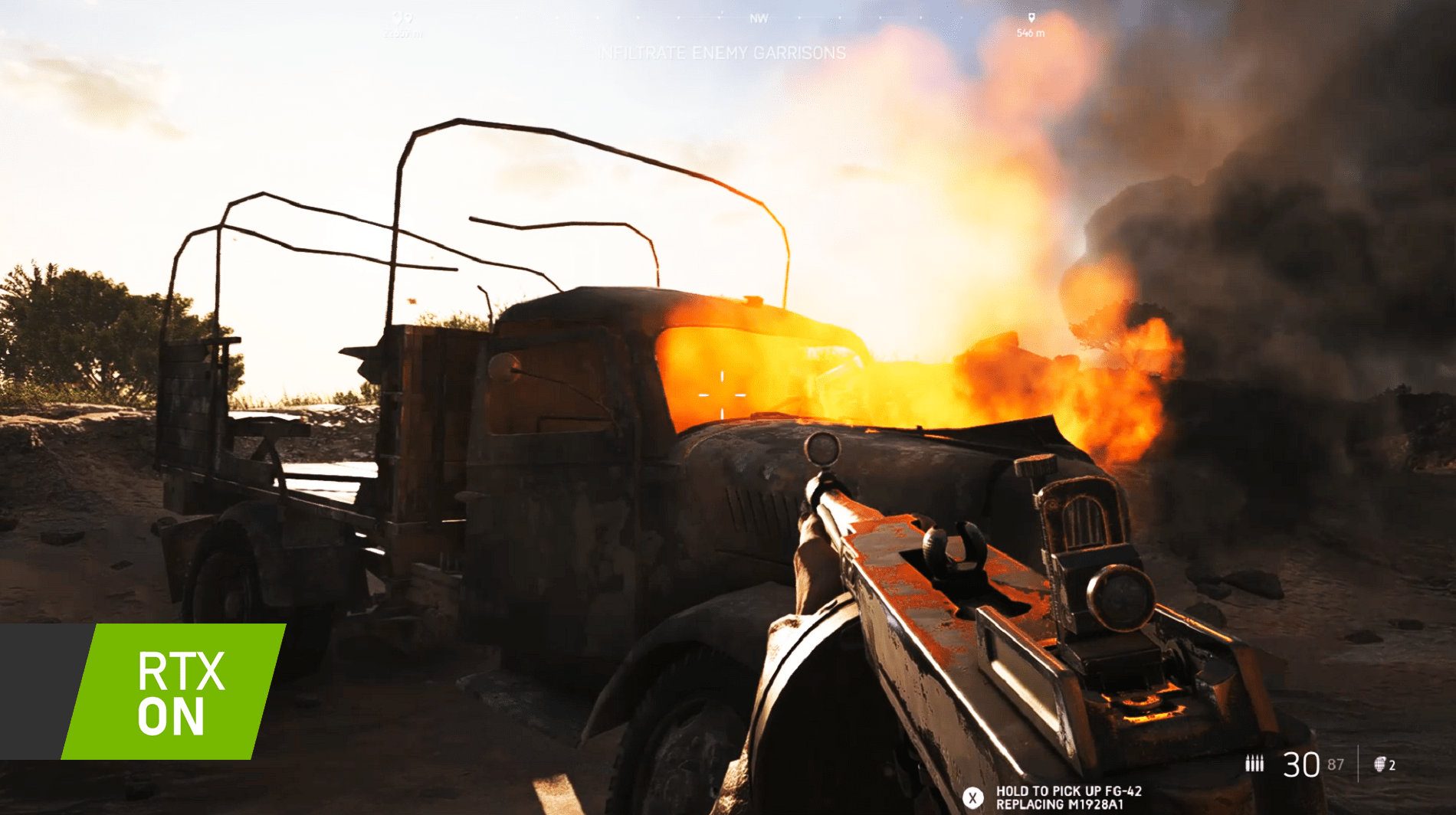What Is Ray Tracing?
Remember in August of last year when NVIDIA announced the launch of the brand new RTX 20 series graphics cards and the internet exploded with speculation and mass hysteria? I do. That’s because the announcement of a new line of graphics cards – the successor to the incredibly popular Geforce 10 series – from NVIDIA was and still is a big deal.
Boasting unprecedented graphics capabilities and pc gaming performance, the anticipation for the RTX 20 series cards was so high that NVIDIA faced extreme difficulty fulfilling initial orders for the cards during the immediate months proceeding the launch. Feeding into the anticipation was the announcement that the new RTX cards would have the computing capability to perform ray tracing in real time. Now if you’re like me, you probably asked yourself, “Well, what the hell is ray tracing?” I wouldn’t blame you for not understanding, especially after NVIDIA’s meme-able RTX ON/RTX OFF video. Dubbed “the holy grail of gaming graphics” by NVIDIA, ray tracing – simply put – is a rendering technique that “traces” a path or paths of light in a digital image to create a realistic simulation of the interaction between the light and a virtual object. Still sounds confusing, right? Let’s look at the example below.
RTX ON/RTX OFF


Here we have two screenshots from EA’s Battlefield V running on our testing rig using an EVGA RTX 2080 Ti FTW3 GAMING card. Both images have impressive graphics, but there are subtle differences that set the RTX cards apart from previous graphics cards. In the first image, you can see the explosion near my character, but notice how the foreground of the scene remains dark. Now look at the second image. Notice how the light from the fire illuminates the gun my character is holding and how it reflects of the puddles of water on the ground? That’s the effect ray tracing produces. Any way I decide to have my character move throughout the scene, the light from the fire will reflect off of surfaces that it normally would in real life, and adjust accordingly in real time. In contrast, in the first image you can see the fire, but you cannot see how the light from the fire illuminates and reflects off the metal on my character’s gun or the water puddles. The comparison below further illustrates the effects of ray tracing on virtual objects.


Enabling Ray Tracing
Alright now that you know what ray tracing is, you’ll need to know how to turn it on. Unfortunately, activating ray tracing isn’t as simple as slapping a RTX gpu in your system and playing a ray tracing enabled game. You’ll have to make sure you’ve completed a couple of steps first:
- Make sure that the GPU drivers are up to date.
- Update Windows 10 to at least version 1089 (You may have to manually download this update).
- Go to the video settings in your ray tracing enabled game (Battlefield V is under “Advanced” video settings) and enable DX12.
- You’ll have to then restart the game for the changes to take effect.
Once you’ve completed these steps, you’ll be able to experience ray tracing in all its glory!
Conclusion
Look, I know what you’re thinking. Improved lighting effects and renderings? Really? It might seem like a trivial upgrade, but real-time ray tracing is a big deal and an enormous step forward in terms of what pc gaming graphics are capable of. It uses cutting edge technology to visualize lighting in a way never before possible in real time. While there aren’t many games currently available that utilize NVIDIA’s ray tracing feature (Battlefield V, Shadow of the Tomb Raider, Metro Exodues, etc.), you will find yourself playing one that does soon, when you do remember to turn ray tracing on!


Recent Comments